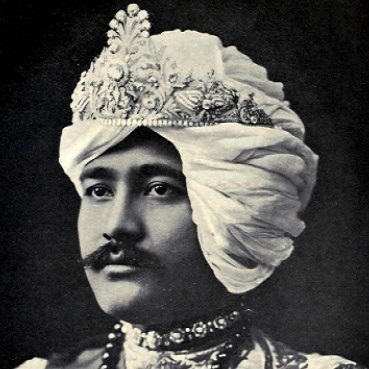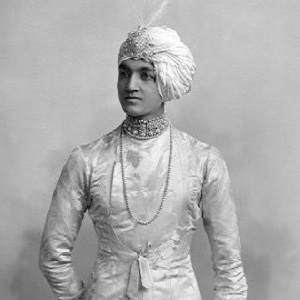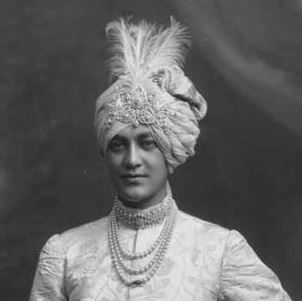Narendranārāyana introduced stamp duty on judicial services, obviously to increase the revenue and proper accounting of records. The system was influenced by the British India Stamp
Act. The reform in system was effective by introducing Stamp Act for Cooch Behar, on the
254 Māgh, 1268 BE (AD 1861). The changes in system had brought an upsurge in income.
During the period AD 1864-65, in one year, the income by way of stamp revenue from the
judicial sector rose to Rs.25,965/- (Nārāni or Nārāyani tankā ?). The new system gradually
set in and this resulted in a heavy demand for printed stamps. To speed up the printing, a Royal
Roller Machine was brought from England via Jalpaiguri and was ultimately set up at Cooch
Behar State press, Cooch Behar. The machine worked manually. It was the task of the State
Treasury to manufacture and sell the stamps and maintain records thereof, which also include
blank papers for stamps' Records indicate that the papers for printing stamps were also
imported from England but the stamps as well as the non-judicial stamp papers were printed
at Cooch Behar.
Till date,six type of revenue stamps of Cooch Behar have been noticed.Initialy stamps were dipicted as 'State of Arms'.Subsequently , it was change to portraits of the Maharajas.
Adhesive or Postage stamp were never introduced in Cooch Behar.The stamps in use were known as 'Impressed Stamps'.
- Rules AD 1847-1863
- Rules AD 1863-1911
- Rules AD 1911-1913
- Rules AD 1913-1922
- Rules AD 1922 -1949





